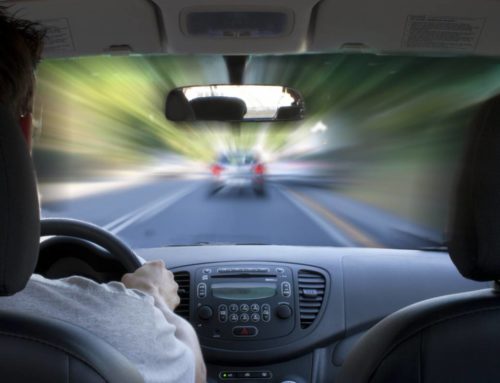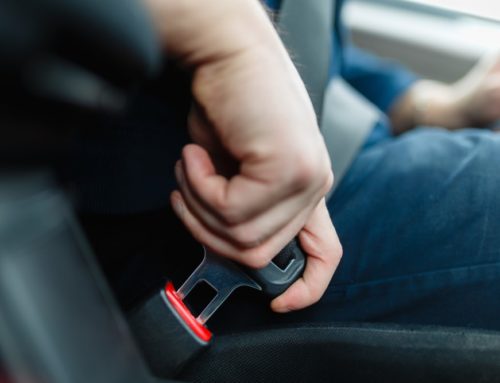
Weather is an environmental risk factor that affects collision and casualty rates. Weather conditions partly determine the road conditions and the driver’s behaviour. Bad weather encompasses: fog or mist, rain, snow, sleet, hail, strong wind, and high temperatures. In Europe, 1,4% of total fatalities are due to fog or mist, 8,6% by rain, 0,8% by snow, sleet or hail, 0,6% by strong wind (European Commission – Annual Accident Report, 2018).
Why driving in bad weather is dangerous?
Effects of bad weather:
- Vehicle contact with the road. The more rain, snow, or hail falls, the less the friction of the road surface (lower ability to brake and control the vehicle).
- Reduction in visibility of the road and other road users, because of the fog or the reflection of the sunlight by the wet road surface
- Behavioural changes such as more cautious driving
- Gusts of wind can push relatively high vehicles
- Emotions rise with the temperature, people are more irritable to others, they get tired, lose their concentration, and their reaction time increases
Key Recommendations
There is a clear need for drivers to improve their behaviour in bad weather conditions. How?
Fog
- Maintain a significant distance between you and the car in front of you!
- Use your turn signals early! Give cars behind you plenty of notice that you’ll be slowing down to make a turn.
- Use the white line on the right side of the road! This will help guide you and keep you in your lane.
- Turn on your fog lights both for the front and the rear side of your vehicle.
Rain
- Keep a good distance from the car in front of you! Having to slam on your brakes can result in skidding. It takes longer to stop when driving in wet weather.
- Turn on your headlights! They will not only help you see, but will make sure you’re visible to other drivers.
- Drive in the middle lanes! Water is more likely to pool on the outer edges of the road.
- Try and avoid puddles. Driving over puddles of water can cause your car to hydroplane out of control. It’s helpful to drive in the tracks of the car in front of you.
- Defog your windows! Use the front and rear defrosters to maximize visibility.
Snow/Ice
- Consider snow tires! Tires are an essential factor in winter driving because they keep your car firmly connected to the road.
- Know your brakes! Your car will perform differently in the snow than it would on a dry road.
- Keep Rolling! Don’t stop on ice or snow if you can avoid it
- Take corners slowly! Give yourself plenty of time to slow down before turning.
- Accelerate gradually! Your tires are likely to spin in place if you try to accelerate too quickly.
- Beware of black ice! Black ice – a thin layer of transparent ice on a roadway – can cause your car to spin out and you can quickly lose control.











































































































































































